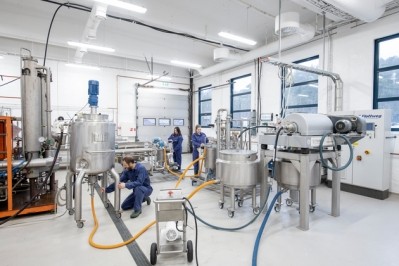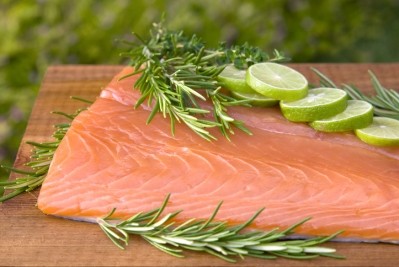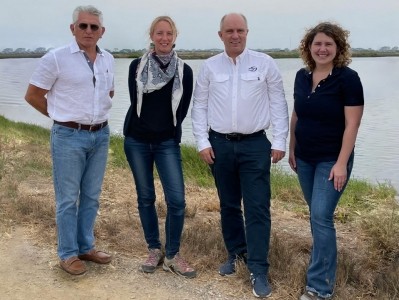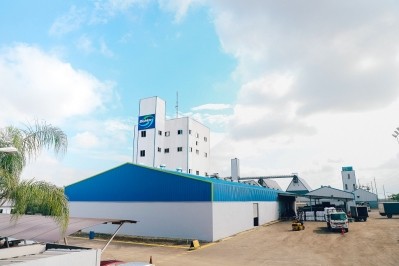BioMar sustainability journey: Striving for aquaculture without guilt
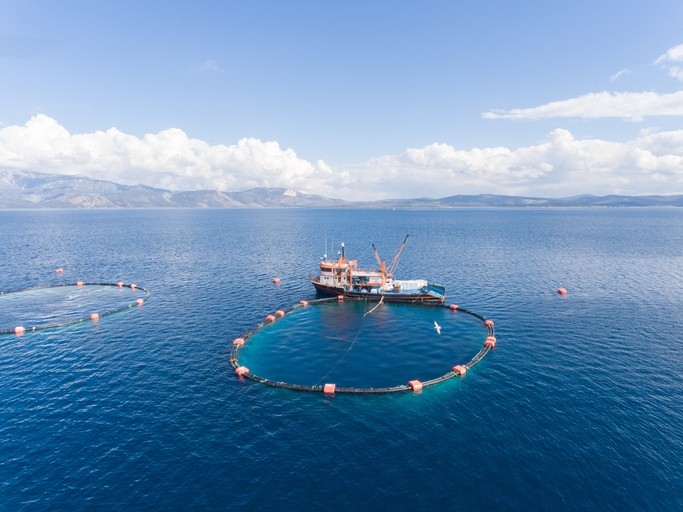
The CEO of the group, Carlos Diaz, said that target was achieved through embedding a sustainability mindset in the company’s culture.
How has BioMar gone about that?
“That is something we are continuously working on, the roll out of the strategy and the awareness of what we are doing is ongoing, [in terms of trying to get the sustainability mindset embedded throughout the company]. Even though we are a group, there are many sister companies in different countries, all with different cultures and different challenges. We try and not set the bar too high, we need to be able, every one of us, to get over that bar; we take a stepwise approach, an approach that is reflected in our key performance indicators (KPIs) and our achievements in that respect,” said Vidar Gundersen, global sustainability director, BioMar.
BioMar also runs sustainability training programs both internally and externally, creating awareness of the latest knowledge on the most efficient and sustainable aquaculture techniques, he said. “We have had extensive training sessions with customers in Ecuador and Chile, trying to promote best practices.”
The company is trying to create awareness also of the need for higher use of trimmings and by-products in fishmeal production in Asia. Communities there need to see the value in the use of such waste products, said Gundersen.
Covid-19 impacts supply chain monitoring
Physical, on-site audits of suppliers have been delayed due to the Covid-19 pandemic, he told us.
Audits are an important control mechanism for this group in respect of ensuring raw material supplier compliance. It has around 200 ingredient suppliers globally.
“Much of those on-site audits have been postponed. We do carry out desk-top audits, following up on questionnaires via video meetings. I am not sure we will be able to do many of those physical audits this year at all - we will have to see how it opens up around the world,” said Gundersen.
The Supplier Approval, Audit and Traceability (SAAT) team is BioMar’s first line of defense in raw material procurement. Suppliers sign up to the producer’s Code of Conduct. Cooperation is the guiding principle.
“There has to be a lot of trust involved here, that they do follow the criteria. But, right now, we have no possibility to go down and see things for ourselves,” he said.
Alternative feeds
The investment in innovation in alternative feeds is also paying off, commented BioMar’s CEO, in a release on the sustainability report.
“We have been trying to advocate for this [the use of alternative ingredients] within the industry for a long time. We have long been aware of the bottlenecks, and when it comes to salmon, the bottleneck is about having enough DHA and EPA [sources to draw from],” said Gundersen.
Fish oil has been a source of those fatty acids until now, but marine resources are finite, and the aquaculture sector is growing, he stressed.
“By partnering up with Corbion, we have managed to get access to novel omega-3 sources. Only 10 or 15 years ago, we did not think it would be possible because the cost of [producing omega-3 through fermentation] was so high. With economies of scale, we have managed to drive the costs down, so that, now, such novel omega-3 sources are not far off the price of the traditional fish oil derived DHA and EPA,” he continued.
Fishmeal is a fantastic raw material, packed with nutrients. Vegetable proteins do not deliver in the same way, they don’t have the right protein structure, the right amino acid balance, he said.
“Salmon, as with a lot of other marine species, are not herbivores, they are carnivores, or at the most, we can call them omnivore species, in that they eat both. Salmon require a certain type of feed profile; it is our job to develop that using the resources and raw materials we have at our disposal. The new single cell and fermentation technologies allow us to that much more so than before. For now, it is all about getting things up to scale, just getting more suppliers of new materials out there, to have competition in this field, to drive innovation.”
BioMar does assess each new raw material on its environmental merits, suppliers need to show their products have as low as carbon footprint impact as possible, he said.
Blockchain
The feed producer is also working with Norwegian salmon company, Kvaroy Arctic, as it begins to upload supply chain data to an IBM powered blockchain network – the idea is to create a record of the feed used and the conditions where the salmon was raised, packed, certified and shipped to distributors.
Blockchain has the potential to build trust in the supply chain by creating a permanent, digitized chain of transactions that cannot be altered. Feed manufacturers, fish farmers, distributors and retailers can all access product data in near real-time.
Each member of the chain will download and use an app to scan each salmon lot at each point of receipt. Kvaroy Arctic can grant permission to distributor and retail partners, allowing them to see data about the grade of feed used, the population and density of the habitats the salmon were raised in, their age, harvest date and more.
“We have interest from other companies on this as well,” said Gundersen.
Gender
The company’s sustainability report also shows up the low representation of female staff in BioMar, both in leadership roles and more generally.
“Aquaculture has traditionally been a male dominated industry. We have set up a talent program to attract more women, and we are trying to make the industry more attractive for women. Our goal is to have higher female representation at every level within the organization, we are improving, it could be faster, but it is going in the right direction,” said Gundersen.
